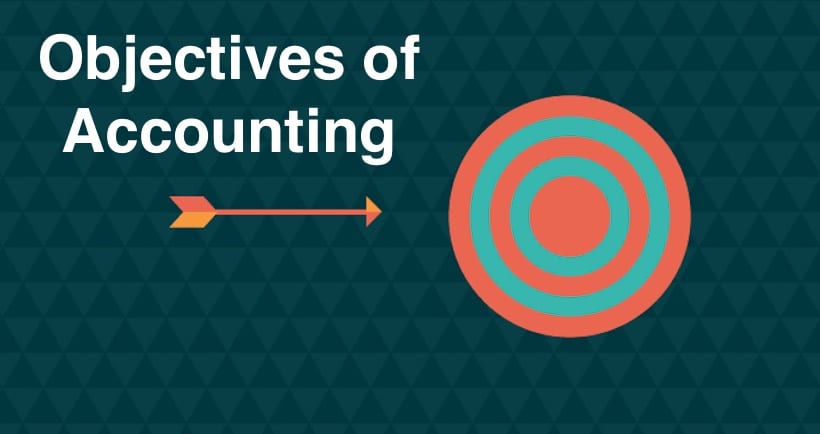Objectives of Accounting: Business is an economic activity undertaken with the motive of earning profits and to maximize the wealth for the owners. Business cannot run in isolation. Largely, the business activity is carried out by people coming together with a purpose to serve a common cause. This team is often referred to as an organization, which could be in different forms such as sole proprietorship, partnership, body corporate etc.
Objectives of Accounting
The rules of business are based on general principles of trade, social values, and statutory framework encompassing national or international boundaries. While these variables could be different for different businesses, different countries etc., the basic purpose is to add value to a product or service to satisfy customer demand.
(i) Providing Information to the Users for Rational Decision-making
The primary objective of accounting is to provide useful information for decision-making to stakeholders such as owners, management, creditors, investors, etc. Various outcomes of business activities such as costs, prices, sales volume, value under ownership, return of investment, etc. are measured in the accounting process. All these accounting measurements are used by stakeholders (owners, investors, creditors/bankers, etc.) in course of business operation. Hence, accounting is identified as ‘language of business’.
(ii) Systematic Recording of Transactions
To ensure reliability and precision for the accounting measurements, it is necessary to keep a systematic record of all financial transactions of a business enterprise which is ensured by bookkeeping. These financial records are classified, summarized and reposted in the form of accounting measurements to the users of accounting information i.e., stakeholder.
(iii) Ascertainment of Results of above Transactions
Advertisement
‘Profit/loss’ is a core accounting measurement. It is measured by preparing profit and loss account for a particular period. Various other accounting measurements such as different types of revenue expenses and revenue incomes are considered for preparing this profit and loss account. The difference between these revenue incomes and revenue expenses is known as result of business transactions identified as profit/loss. As this measure is used very frequently by stockholders for rational decision making, it has become the objective of accounting. For example, Income Tax Act requires that every business should have an accounting system that can measure the taxable income of business and also explain nature and source of every item reported in the Income Tax Return.
(iv) To Ascertain the Financial Position of Business
‘Financial position’ is another core accounting measurement. Financial position is identified by preparing a statement of ownership i.e., Assets and Owings i.e., liabilities of the business as on a certain date. This statement is popularly known as a balance sheet. Various other accounting measurements such as different types of assets and different types of liabilities as existed at a particular date are considered for preparing the balance sheet. This statement may be used by various stakeholders for financing and investment decision.
(v) To Know the Solvency Position
Balance sheet and profit and loss account prepared as above give useful information to stockholders regarding concerns potential to meet its obligations in the short run as well as in the long run.
- Providing Information to the Users for Rational Decision-making
- Systematic Recording of Transactions
- Ascertainment of Results of above Transactions
- To Ascertain the Financial Position of Business
- To know the Solvency Position
Recommended
